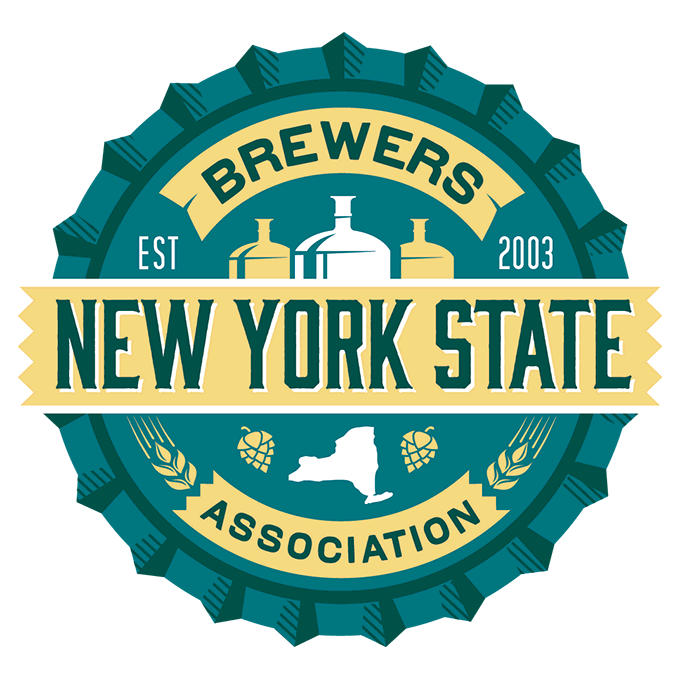
It’s no secret that competition continues to intensify in the craft beer industry. The keynote speakers at the NYSBA’s conference in Albany this past March laid it out clearly. More breweries are vying for market share even as growth slows. Consumers that once chose beer now often order wine or spirits.
Which breweries will win in this environment? There are no guarantees, but those that always focus on making every aspect of their business better will stand out over the long term. That’s where the concept of continuous improvement comes in.
Dr. Hugo Patino, a quality management and technical services expert with the brewery consulting firm First Key, has written extensively about how craft breweries can deploy continuous improvement practices. His key thoughts and principles are summarized in this Q&A.
Why Pursue Continuous Improvement in your operations?
There are several reasons. Your craft brewery could be growing too quickly and you would like to get more volume capacity from your current brewery. Or growth may have begun to stall and you’re trying to determine how to continue making great beers at a lower cost. Or perhaps your radius of distribution has grown, and now you’re wondering how to make sure your great beers can stay fresher longer.
These are just a few examples that a culture of Continuous Improvement (CI) can help address.
How can breweries implement CI?
The following outlines some basic steps to pursue continuous improvement.
Which KPIs do most breweries measure closely?
There are a variety of internal metrics that can be measured as the product is made. Examples include:
In addition to these, also consider including “external” metrics such as
Can you share an example of continuous improvement in action?
Recently we worked with a craft brewery that had grown from a brewpub into a production brewery. As its distribution area expanded, the brewery found that most product reached store shelves when it was about five weeks old. This prompted the brewer to reconsider how they were going about measuring flavor. In addition to conducting sensory quality at packaging, the brewer added a sensory evaluation when the product is six weeks old because this would be more representative of what their consumers are seeing. This additional step led the brewery to take steps to improve the recipe.
To learn more about CI please visit First Key (booth 1214) at the Craft Brewers Conference’s BrewExpo April 30 through May 3 in Nashville.